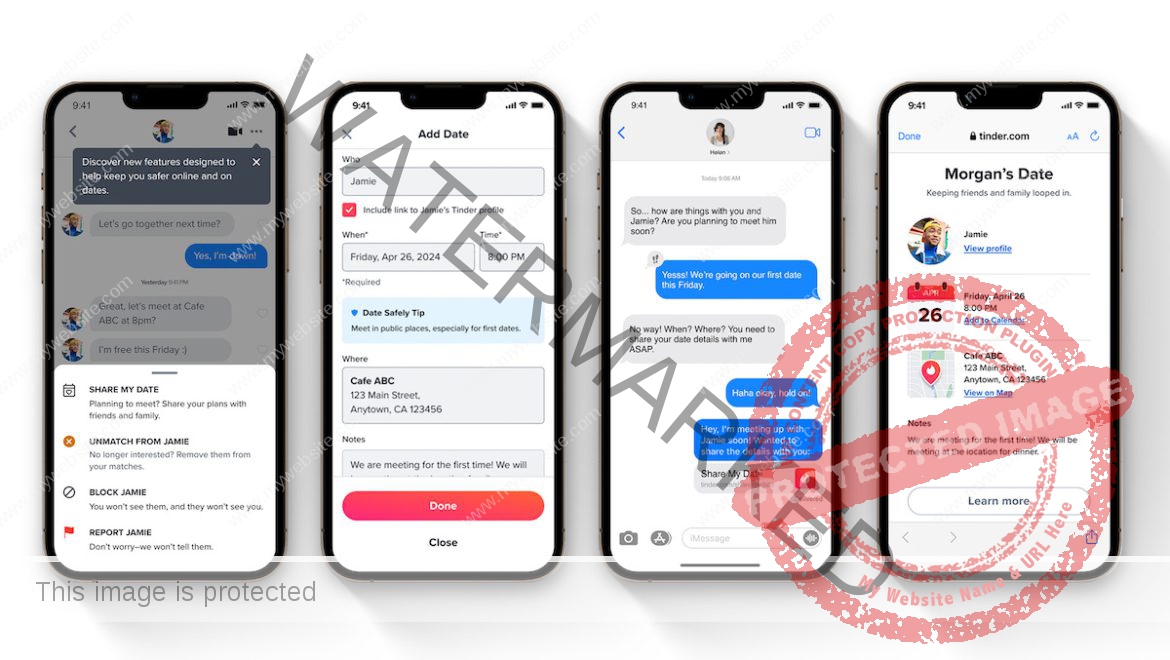Artificial intelligence has been in the crosshairs of governments concerned about how it might be misused for fraud, disinformation and other malicious online activity; now in the U.K. a regulator is preparing to explore how AI is used in the fight against some of the same, specifically as it relates to content harmful to children.
Ofcom, the regulator charged with enforcing the U.K.’s Online Safety Act, announced that it plans to launch a consultation on how AI and other automated tools are used today, and can be used in the future, to proactively detect and remove illegal content online, specifically to protect children from harmful content and to identify child sex abuse material previously hard to detect.
The tools would be part of a wider set of proposals Ofcom is putting together focused on online child safety. Consultations for the comprehensive proposals will start in the coming weeks with the AI consultation coming later this year, Ofcom said.
Mark Bunting, a director in Ofcom’s Online Safety Group, says that its interest in AI is starting with a look at how well it’s used as a screening tool today.
“Some services do already use those tools to identify and shield children from this content,” he said in an interview with TechCrunch. “But there isn’t much information about how accurate and effective those tools are. We want to look at ways in which we can ensure that industry is assessing [that] when they’re using them, making sure that risks to free expression and privacy are being managed.”
One likely result will be Ofcom recommending how and what platforms should assess, which could potentially lead not only to the platforms adopting more sophisticated tooling, but potentially fines if they fail to deliver improvements either in blocking content, or creating better ways to keep younger users from seeing it.
“As with a lot of online safety regulation, the responsibility sits with the firms to make sure that they’re taking appropriate steps and using appropriate tools to protect users,” he said.
There will be both critics and supporters of the moves. AI researchers are finding ever-more sophisticated ways of using AI to detect, for example, deep fakes, as well as to verify users online. Yet there are just as many skeptics who note that AI detection is far from foolproof.
Ofcom announced the consultation on AI tools at the same time as it published its latest research into how children are engaging online in the U.K., which found that overall, there are more younger children connected up than ever before, so much so that Ofcom is now breaking out activity among ever-younger age brackets.
Nearly one-quarter, 24%, of all 5-7 year-olds now own their own smartphones, and when you include tablets, the numbers go up to 76%, according to a survey of U.S. parents. That same age bracket is also using media a lot more on those devices: 65% have made voice and video calls (versus 59% just a year ago), and half of the kids (versus 39% a year ago) are watching streamed media.
Age restrictions around some mainstream social media apps are getting lower, yet whatever the limits, in the U.K. they do not appear to be heeded anyway. Some 38% of 5-7 year-olds are using social media, Ofcom found. Meta’s WhatsApp, at 37%, is the most popular app among them. And in possibly the first instance of Meta’s flagship image app being relieved to be less popular than ByteDance’s viral sensation, TikTok was found to be used by 30% of 5-7 year-olds with Instagram at ‘just’ 22%. Discord rounded out the list but is significantly less popular at only 4%.
Around one-third, 32%, of kids of this age are going online on their own, and 30% of parents said that they were fine with their underaged children having social media profiles. YouTube Kids remains the most popular network for younger users, at 48%.
Gaming, a perennial favorite with children, has grown to be used by 41% of 5-7 year-olds, with 15% of kids of this age bracket playing shooter games.
While 76% parents surveyed said that they talked to their young children about staying safe online, there are question marks, Ofcom points out, between what a child sees and what that child might report. In researching older children aged 8-17, Ofcom interviewed them directly. It found that 32% of the kids reported that they’d seen worrying content online, but only 20% of their parents said they reported anything.
Even accounting for some reporting inconsistencies, “The research suggests a disconnect between older children’s exposure to potentially harmful content online, and what they share with their parents about their online experiences,” Ofcom writes. And worrying content is just one challenge: deep fakes are also an issue. Among children aged 16-17, Ofcom said, 25% said they were not confident about distinguishing fake from real online.

















